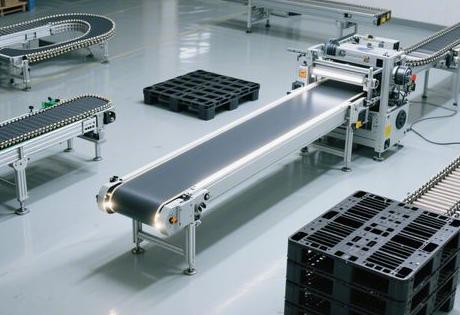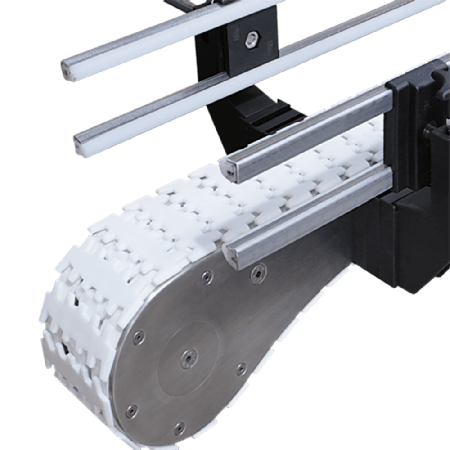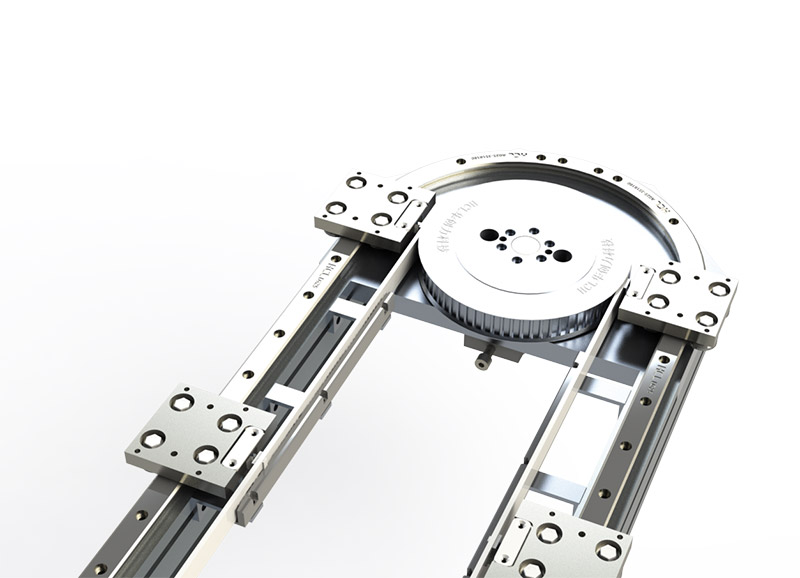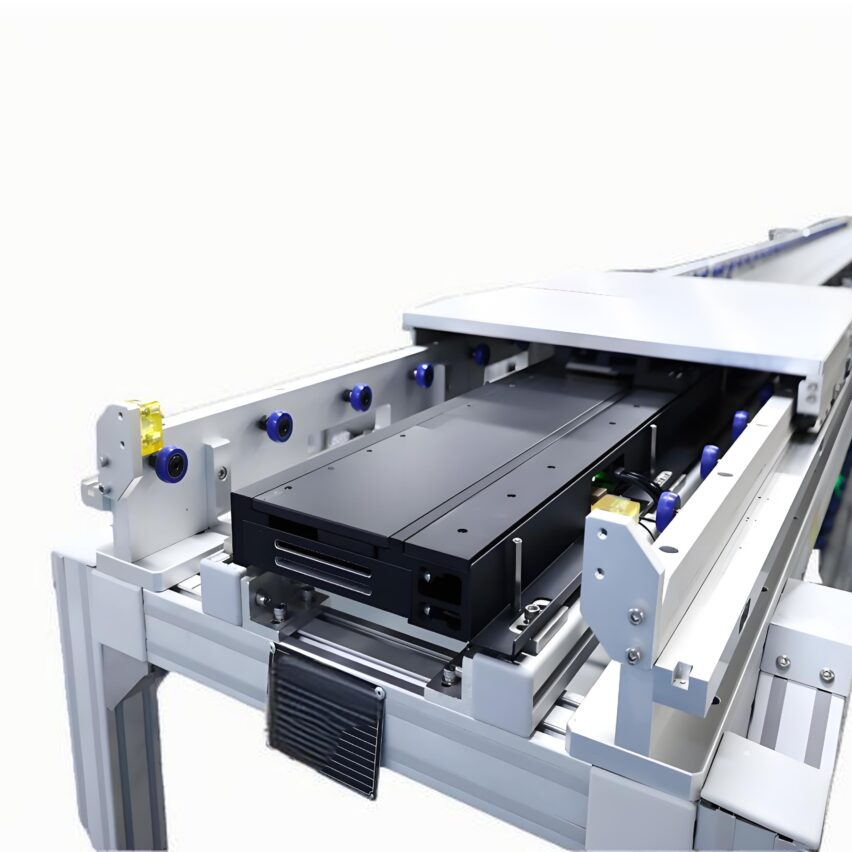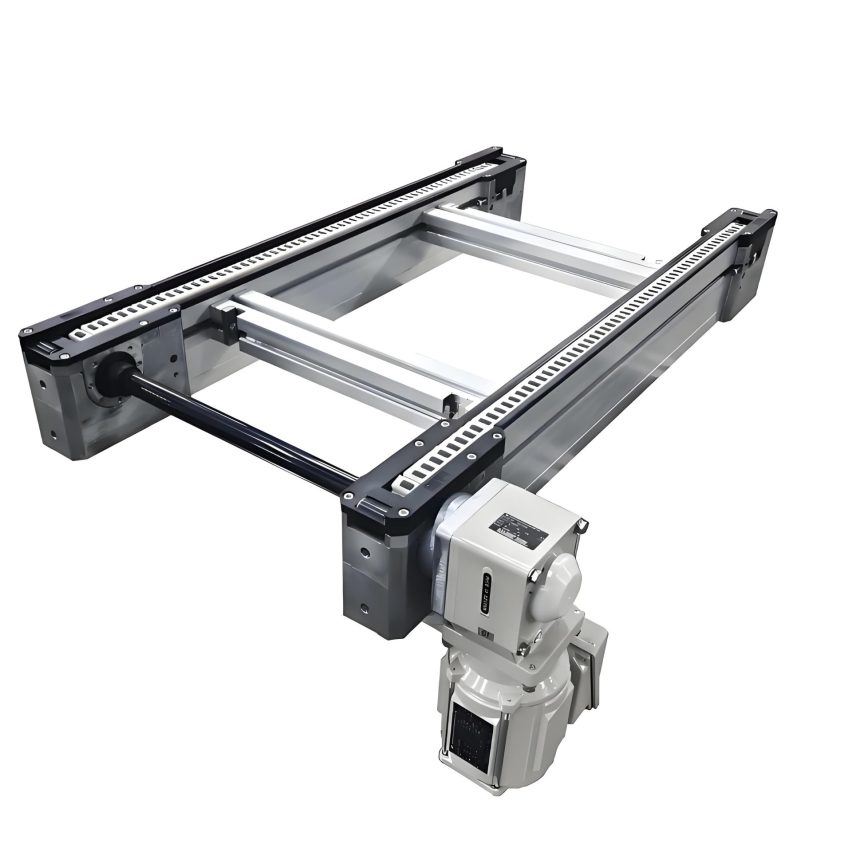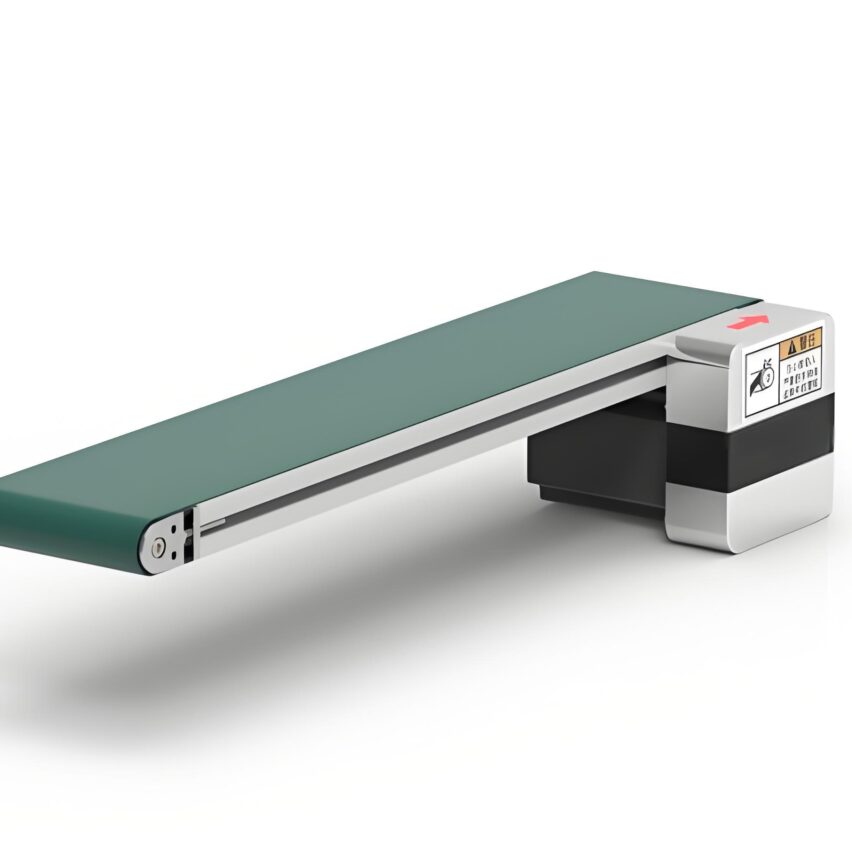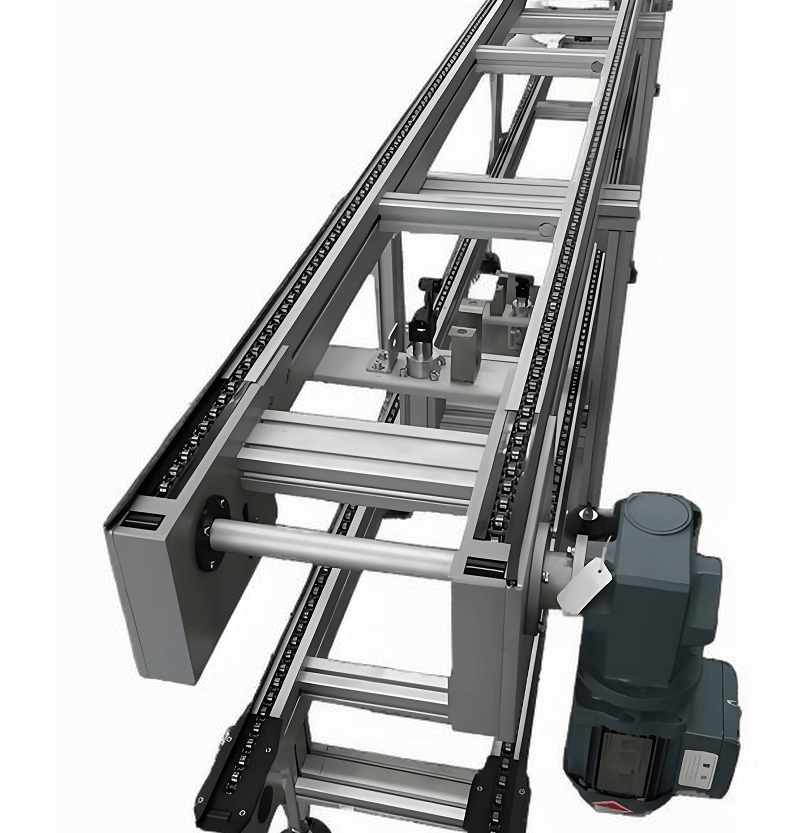In the vein of modern manufacturing, the material conveying system is like a blood circulation network, and the Ring Speed Chain Conveyor Line is becoming the core equipment to drive the leap in production efficiency by virtue of its unique engineering intelligence. This closed-loop system, which combines mechanical dynamics and intelligent control, is reshaping the logic of production in automotive, electronics, new energy and other fields.
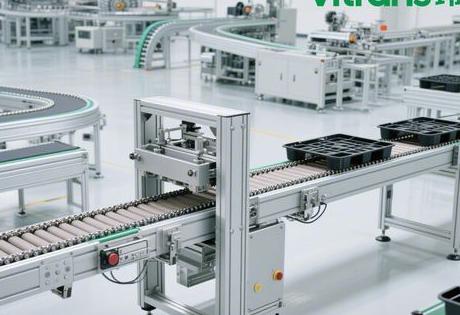
I. Nature of technology.The Physical Revolution Behind the Differential Speed Effect
The mystery of the ring multiplier chain is its"Speed multiplier" mechanism--The speed of the work plate beyond the chain itself is achieved by the difference in diameters of the rollers and rollers. From a mathematical point of view, the formula for the speed of the work platev = (1 + D/d) × v₀(D is the roller diameter, d is the roller diameter) Reveals the key:
- structural subtlety: A combination of engineering plastic rollers and steel rollers, usually with a diameter ratio of 2.5:1 or 3:1, transmits kinetic energy at low friction;
- Dynamic controlPneumatic stopper makes the work plate pause precisely at any working position, cracking the problem of asynchronous assembly line beat;
- Energy conversion efficiency: The chain runs at low speeds (2-20 m/min) while the work plate moves at high speeds, reducing the kinetic energy loss of the 60%.
This design translates Newtonian mechanics into industrial values, which I believe are essentiallyCreating complex value from simple machinesThe engineering paradigm - no increase in energy consumption, just a multiplication of efficiency through geometric optimisation.
II. Ring layout.Rebalancing Space and Performance
The loop closure design brings a triple transformation compared to linear conveyor lines:
Space Compression Revolution
- Multi-tier vertical architecture (upper floor production/lower floor empty board return) saves 40% floor space
- High-precision circular guide rails achieve seamless steering, eliminating the risk of material collision in traditional right-angle turns.
Function Integration Platform
- Elevated rotary pallets support multi-angle assembly of products and reduce manual turning operations.
- Pusher module enables cross-line material transfer to build flexible production cells.
environmental adaptation
- Anodised aluminium profile rails with corrosion resistance for ESD environments in electronics workshops and cleaning standards in food factories.
- Dustproof sealing design reduces PV module production line failure rate to less than 0.1%
In the practice of an auto parts factory in Jiaxing, the ring layout has improved the beat of the engine block assembly line by 20%, confirming my observation.The ring is not only a change of shape, but also a topological reconfiguration of the production logic.
Third, cross-border empowerment.From consumer electronics to zero-carbon factories
The multiplier chain technology is breaking through the traditional application boundaries and showing amazing adaptability in multiple fields:
Consumer electronics
Laptop assembly line adopts 3 times speed chain to reach 120 units/hour beat, ESD anti-static work plate to protect the precision circuits.
New Energy Transformation
PV panel production line with integrated negative-pressure dust removal guide for simultaneous cleaning of panels during transport
Logistics innovation
E-commerce sorting centre achieves 8,000 pieces/hour through the combination of RFID identification and speed doubling chain
More noteworthy is the trend of technological integration: in a home appliance base in Jiaxing, the ring doubling chain and vision robots collaborate to make air-conditioning compressor assembly a realityTightening torque error ≤ 0.1N-mof millimetre accuracy - a sign that mechanical conveyor systems are evolving into intelligent sensing terminals.
IV. Intelligent operation and maintenance.Predictive Maintenance Reinvents the Lifecycle
Despite the significant advantages of the multiplier chain, the industry still faces two major pain points:
- Chain wear results in an 18-month replacement cycle, accounting for 35% of the total equipment cost.
- Multi-layer line body commissioning with co-ordination of mechanical/pneumatic/electrical control units, average time 14 days
Innovative solutions are breaking the mould:
- Vibration Sensor Networks: Implanting acceleration sensors at key nodes to warn of chain fatigue 200 hours in advance
- digital twin debugging: Construct 3D wire body model to preview operation and shorten 50% on-site commissioning time
- Modular Spare Parts Library: Standardised connector design for more efficient chain replacement 70%
These technologies have reversed the maintenance cost curve - my prediction is supported by the fact that the life of the equipment in one automotive plant was extended from three to five years after accessing the intelligent system.Predictive maintenance will overturn the traditional logic of "fail-safe"..
V. Green evolution.The next frontier in the energy efficiency revolution
As the low-carbon transformation of manufacturing accelerates, the energy-saving potential of the multiplier chain is deeply activated:
- Permanent magnet synchronous motor reduces energy consumption by 30%, regenerative braking energy recovery rate of 15%
- Recycled aluminium alloy profiles fully replace carbon steel, reducing the carbon footprint of a single production line by 40%
- Photovoltaic roof coupled with DC power supply system of the transmission line to build a plant microgrid
In the Jiaxing Zero Carbon Factory pilot project, the ring doubler chain has become the dispatch node of the energy management system - when it is linked in real time with the rooftop photovoltaic power generation, I see not only an equipment upgrade, but also theReconfiguration of the energy metabolism model in manufacturing. When hydrogen fuel cells power the multiplier chain in the future, true zero-carbon manufacturing will not be far away.
Self-questioning on core issues
Q: Is it necessary to rely on a high-speed motor to "multiply" the speed of the speed chain?
A: No.Speed doubling is essentially a mathematical triumph of structural design--The roller/roller diameter ratio (D/d) determines the rate of increase, and the motor only provides the base speed v₀. The actual chain speed is often controlled within 10 metres/minute, with excessive speeds increasing wear.
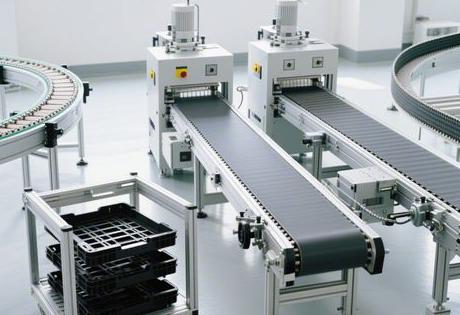
Q: How does the ring layout solve the problem of localised failures leading to a total shutdown?
A: Guaranteed by three designs:
- Segmented drive technology: single drive segment ≤ 40 metres, automatic fault isolation
- Redundant bypass rails: jumper channels are automatically enabled for faulty segments
- Quick-plug chain: Modular joints can be changed 4 times more efficiently
Q: How can food industry applications balance hygiene and efficiency?
A: Innovative programmes include:
- Medical grade stainless steel body: resistant to autoclaving
- Nano-coated guides: surface hydrophobicity up to 150° contact angle
- Ultrasonic self-cleaning system: automatically removes particulate residues every shift
These answers reveal a deep logic.Technological adaptability is more important than technological sophistication--This is the ultimate wisdom in manufacturing intelligence upgrading.
